Solutions
Horse Construction offers full range of structural strengthening materials with technical supports, documentation supports, products supports, project supports.
YES
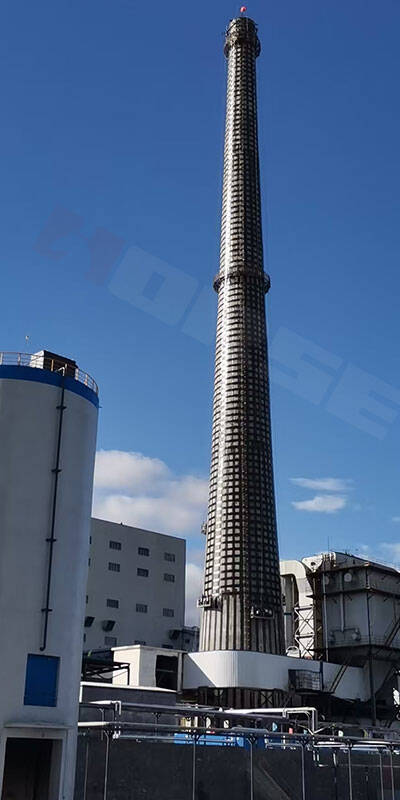
Carbon fiber materials can be used for chimney reinforcement, but they need to be judged comprehensively based on the chimney's structural type, working environment and reinforcement requirements. Their applicability mainly depends on the following factors:
The core advantages of carbon fiber reinforcement (why it is applicable)
1. High strength and light weight
The tensile strength of carbon fiber materials is much higher than that of ordinary steel (about 5-10 times that of steel), and the density is only about 1/4 of that of steel. When used for chimney reinforcement, it can effectively improve the chimney's shear and tensile resistance without significantly increasing the weight of the structure, and is particularly suitable for solving structural damage problems caused by excessive weight.
2. Corrosion resistance and durability
Chimneys (especially industrial chimneys) are in a corrosive environment such as flue gas, humidity, acid and alkali for a long time. Carbon fiber materials have strong chemical stability, are not easily corroded, and do not require regular anti-corrosion maintenance like steel, which can significantly extend the life of the reinforced structure.
3. Convenient construction
Carbon fiber reinforcement usually adopts the "paste method" (paste the carbon fiber cloth/plate on the surface of the component with a special adhesive), which does not require large machinery and has little impact on the normal use of the chimney. For chimneys working at high altitudes, it can reduce the difficulty of construction and safety risks.
4. Strong adaptability and no change in the structural appearance
Carbon fiber cloth can be flexibly cut according to the round or special-shaped structure of the chimney, closely fitting the surface of the component, and almost not changing the original size and appearance of the chimney.
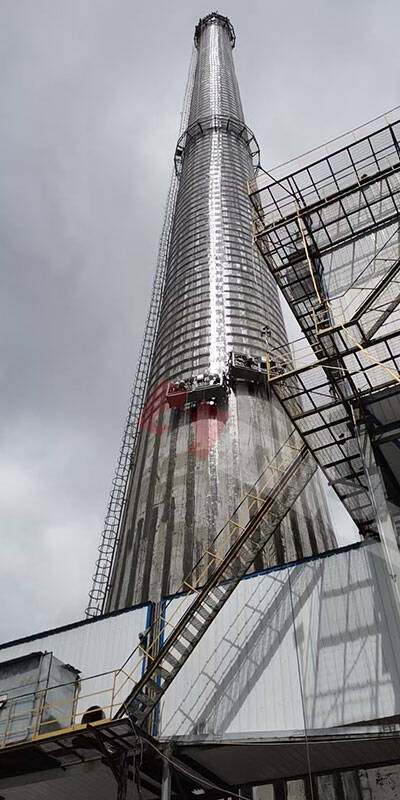
Restrictions to be noted (why it should be used with caution)
1. Limitation of working temperature
Ordinary carbon fiber adhesives have limited temperature resistance (generally, the long-term use temperature does not exceed 60-80℃). If the temperature inside the chimney is too high (such as industrial boiler chimneys, the flue gas temperature may exceed 150℃), the adhesive may fail due to high temperature aging, resulting in the peeling of carbon fiber from the base layer and loss of reinforcement effect.
Solution: High temperature resistant adhesives (temperature resistance can reach 150-200℃) need to be selected, but the cost will increase significantly.
2. Adaptability of structural types
Applicable to reinforced concrete chimneys: carbon fiber has a good bonding effect on the concrete base layer, which can effectively enhance the overall stiffness of the concrete chimney, repair cracks or improve bearing capacity.
Be cautious with masonry chimneys: the surface flatness of masonry structures is poor and the strength is low. If the base layer is not properly handled, the carbon fiber cloth may not be firmly attached, and the reinforcement effect will be discounted. The masonry base layer needs to be repaired and reinforced first (such as grouting and leveling).
3. Limitations of reinforcement scenarios
Carbon fiber materials are mainly suitable for the reinforcement of tensile and shear parts (such as the circumferential tensile and vertical shear of chimney walls), but have limited effect on structures that are mainly compressed (such as the vertical compression reinforcement of chimney foundations), and need to be used in combination with other reinforcement methods (such as the cross-section enlargement method).
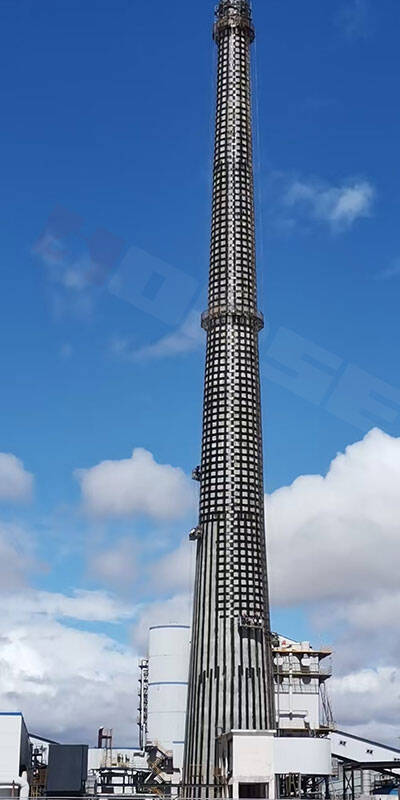
Carbon fiber can be used for chimney reinforcement, but the following conditions must be met:
1) The working environment temperature of the chimney matches the temperature resistance of the selected carbon fiber material (including adhesive);
2) The base structure (concrete or masonry) needs to be processed (such as repairing cracks, leveling, and rust removal) to ensure that it is firmly bonded;
3) The reinforcement design needs to be based on the stress characteristics of the chimney (such as circumferential tension, wind load, and earthquake action), and the carbon fiber cloth should be arranged reasonably (such as mainly circumferential winding, combined with longitudinal bonding).
You can find anything here you are in need of, have a trust trying on these products, you will find the big difference after that.
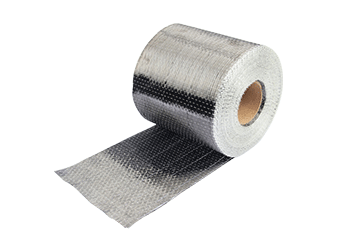
High strength unidirectional carbon fiber fabric for concrete repair and structural strengthening
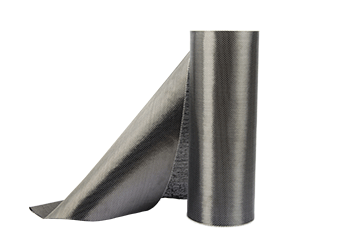
High strength unidirectional carbon fiber fabric for concrete repair and structural strengthening
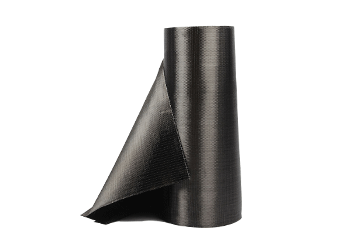
High strength unidirectional carbon fiber fabric for concrete repair and structural strengthening